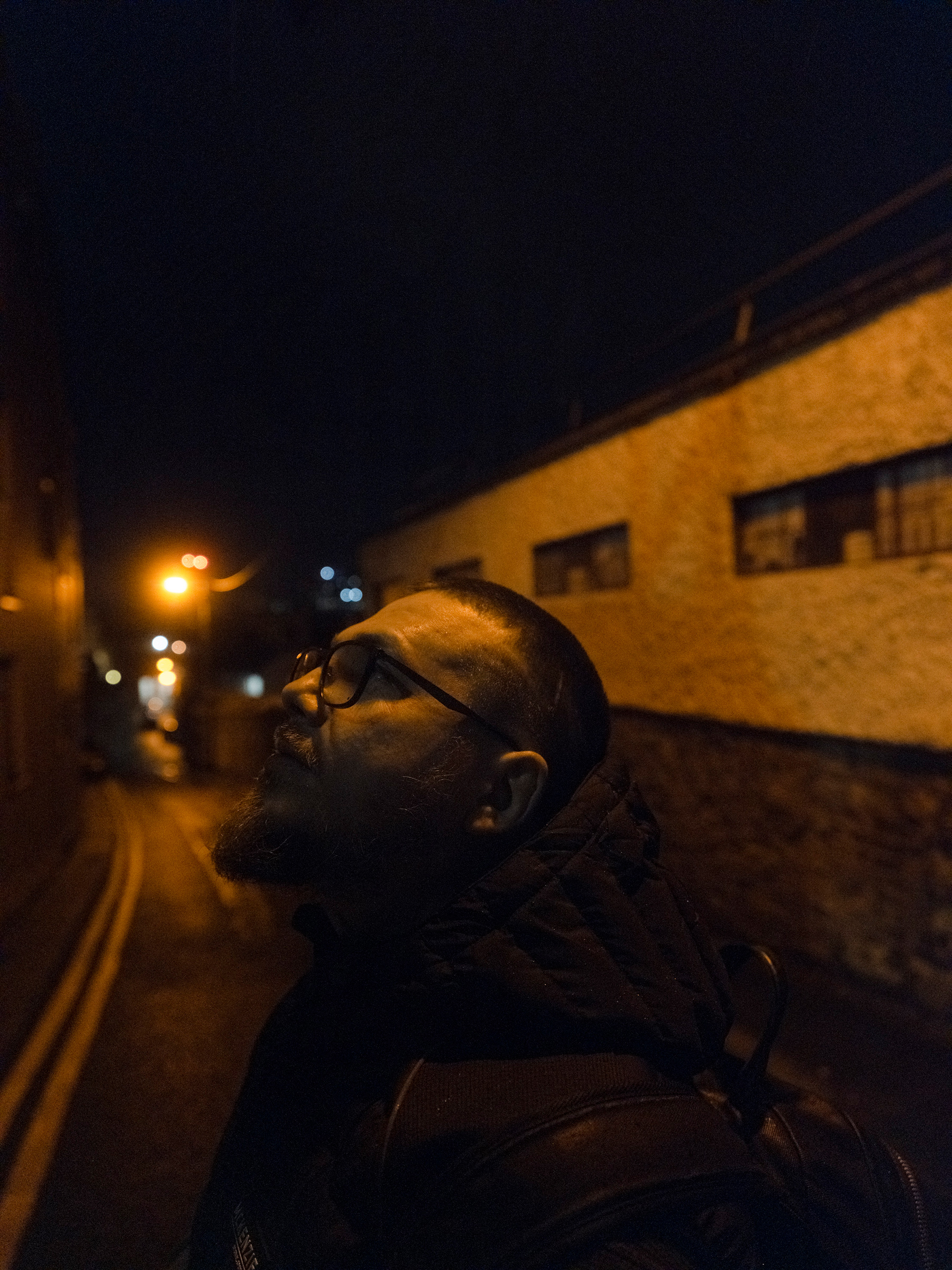When he finally arrived in Dublin on Oct. 21, Serghey Chudaev was flooded with relief.
A comedian and television producer from Kyiv, he had spent the previous months organizing benefits in Ukraine and Poland to raise money and supplies for fellow Ukrainians suffering from the effects of the war. But with the Russian army again bombarding his home city, the situation had become so difficult he felt he could no longer stay.
After landing at Dublin airport he was transported to Citywest, a convention center turned transit hub where refugees are issued the temporary protection documents that grant them the right to stay in Ireland and receive benefits. Once he received his papers, Chudaev was outfitted with a wristband to grant him access to a cot and meals at the center while the state located more permanent housing for him. But it wasn’t long after an official secured the pink bracelet around his wrist that it was cut off again.
With roughly double the number of people at the Citywest hub than it had beds, Irish officials were forced to temporarily close the center. “We thought we were at the finishing point of all the stress and panic,” the 43-year-old recalled in an interview with TIME. “But it was just starting again.”
Chudaev and some 32 others spent the next three nights sleeping on the floor of the airport. For the first time since Russia invaded Ukraine on Feb. 24, there were not enough beds in Ireland for all of the refugees who needed them. And the situation, the government warned, was about to get worse.
More from TIME
Approximately 7.8 million Ukrainians have fled the bombings and devastation inflicted by the Russian military and the majority of them—4.7 million—have sought refuge in the European Union. Soon after the war began, the 27 member states agreed upon a Temporary Protective Directive that guarantees visa-free housing, healthcare, and access to the job market to Ukrainians for one year (in October, it was extended an additional year to March 2024). Although the numbers that each country has accepted since have varied widely, the union as a whole has remained broadly committed to welcoming all those displaced by the conflict.
Read More: How Western Leaders Can Keep Up Public Support for Ukraine
Yet as the war grinds on and European countries face their own crises in the form of cost-of-living inflation, rising energy prices and—in Ireland’s case—acute housing shortages, that welcome is being tested as never before. Which, in the Kremlin’s eyes, might precisely be the point. With winter bearing down and Russia bombing Ukrainian power stations—in a strategic attempt to provoke another wave of migration, some observers say—there are signs that European resolve is beginning to wear thin.
In September, 12 of Germany’s 16 states—which collectively have accepted roughly 1 million Ukrainian refugees—reported that they had reached the limits of the housing and education they could provide. On Nov. 1, Austria restricted the free train travel it had provided to all Ukrainians to only those arriving in the country for the first time. In the U.K., a third of the arrivals housed under the Homes for Ukraine scheme are reaching their expiration date, with no clear plan for rehousing them in place yet. And Poland recently amended its provisions to require any Ukrainian who stays in the country for more than 120 days to pay for part of their accommodation.
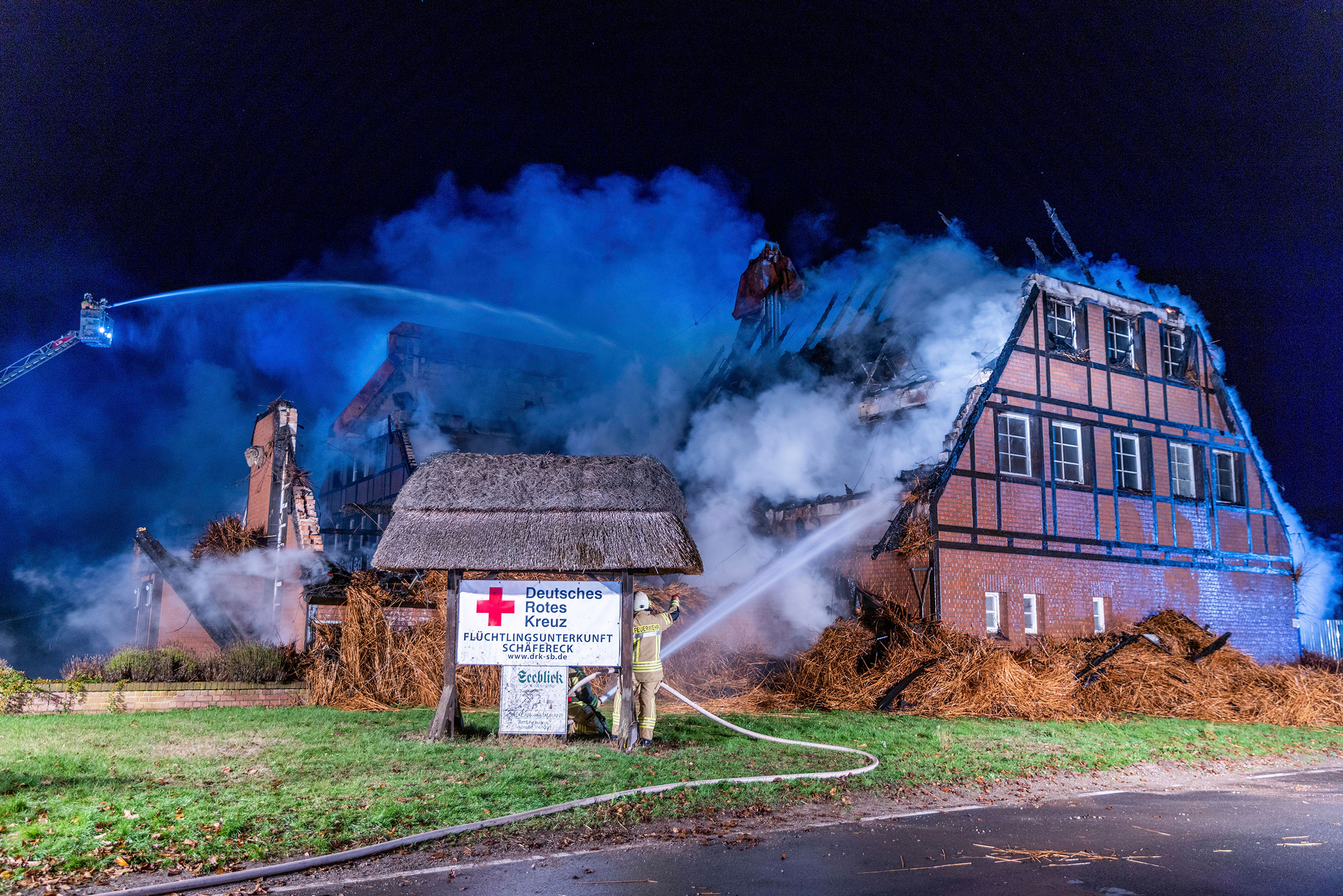
”Here is good,” says Natalia, 34, who fled to Dublin from Ukraine with her two children, her sister, and her sister’s two children on March 17. (TIME agreed to withhold Natalia’s last name out of concerns for family members back in Ukraine.) “Here, there’s no war.”
Natalia had just finished getting breakfast for her kids. At home in Berdychiv, she lived in a big house with a garden. But in Dublin, the six pack into a single room, crowded with blue bunk beds in a former backpacker’s hostel near the bus station. She is one of the 44,000 Ukrainian refugees for whom the Irish government is currently covering housing and meals (another 4,800 live in private homes). The state also covers the English lessons Natalia and her sister take while their children are in school.
Proportionately, Ireland has been among the more generous of states, especially for a small country geographically distant from Russia or Ukraine. The 55,000 Ukrainians who have arrived since the end of February now comprise roughly 1% of the country’s population (France, for example, has taken in 100,000, or 0.1% of its population of 67.5 million) and refugees have been granted not only housing, meals, healthcare, and education but weekly social welfare payments as well. “Ireland, I would say, is in the forefront of support and assistance for Ukrainians,” says Larysa Gerasko, Ukraine’s ambassador to the country. “It has welcomed Ukrainians with open arms.”
Even the Irish, though, have limits. When it temporarily closed Citywest in October (an event that Gerasko criticized at the time), the government announced that although it would continue to welcome Ukrainians, it could no longer guarantee accommodation for them. It is investing in building new housing in the form of modular homes, but those projects won’t be complete until the coming year. In the meantime, an estimated 200 displaced Ukrainians arrive each week—and that’s not counting the 17,000 asylum seekers from other countries that it is currently housing. Roughly a quarter of the country’s hotels have been partially or entirely repurposed for refugees, but many of them are nearing the end of their contracts and don’t necessarily want to renew them. By the end of the year, the government expects to be 15,000 beds short.
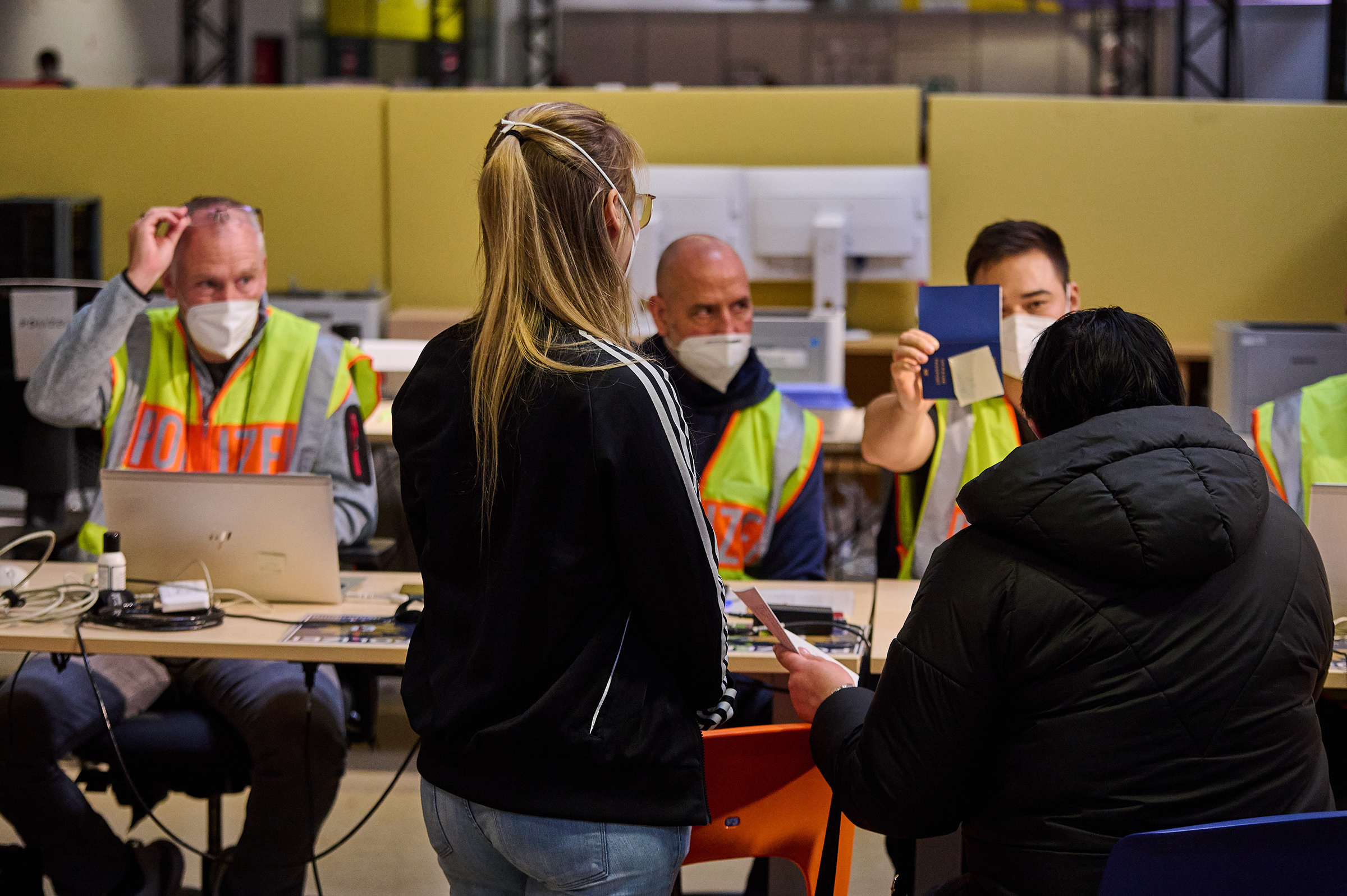
And although public support for Ukraine and Ukrainians remains high, both in Ireland and elsewhere in Europe, signs of its erosion are becoming clearer, fueled in part by an acute housing shortage that predates the Ukrainian crisis, but has been worsened by it. At one point in August, there were only 716 rental homes available in the entire country.
Opposition to the government’s plans has erupted especially in rural parts of Ireland, including counties Mayo and Sligo. On Nov. 7, fire damaged an equestrian center in Kildare village. Police have not yet announced the cause, but earlier that day, a protest was held against the national government’s plan to convert the center into refugee housing, despite the local council’s opposition. Noting that he was concerned that the village (with a population of 4,000) would be unable to accommodate another 300 people, Councillor Fintan Brett told The Journal that the decision to move forward anyway had generated “fear and hysteria.”
Read More: What the West Should Do If Putin Uses a Nuclear Weapon
In many ways, the shift fits a broader pattern as public fatigue over sharing resources—exacerbated by economic conditions—combines with efforts to politicize the refugee presence. In September, thousands of Dubliners took to the streets to demand government action on the rising cost of living; similar demonstrations took place across the country in mid-November. Charles Lawley, senior advisor for advocacy for World Vision International and author of the NGO’s report “Warm Welcomes, Rising Tensions,” points out that some of this fatigue is not unusual.
“There’s been this misconception around the refugee crisis in Ukraine that it’s somehow unique in how hospitable the reception to refugees has been. But that isn’t necessarily true,” he says. “Whilst response in places like Moldova, Romania and Poland has been really, really welcoming, it’s still following a similar pattern.”
Nearly nine months into the Ukrainian crisis, record inflation continues to drive food and energy costs to new heights. Combined with local crises—from the funding of the national health service in the U.K. to a housing shortage in Poland—anxieties continue to rise.
“The tensions are developing,” says Lawley. “You’re seeing the [anti-Ukrainian] messages combine with the global context of everyone’s living conditions getting harder, due to the increase in the price of commodities and food and basic goods.”

Within several European countries, there is a growing sentiment that the national government treats Ukrainian refugees better than its own citizens. In September, the leader of Germany’s center-right Christian Democrat party accused Ukrainians of taking advantage of German generosity; a month later, a Rostock hotel housing refugees was set on fire in what police called an act of “politically motivated arson.” Protesters from both the far right and the far left in the Czech Republic, who have united to create a platform called Czech Republic First, have called for “an end to the planned dilution of the nation” by Ukrainian refugees who, they worry, will eventually be granted permanent residence in the country. And on Nov. 11, Poland’s Independence Day, an estimated 100,000 joined a march organized by far-right political parties that included anti-Ukrainian refugee messages, including “Stop the Ukrainization of Poland.”
Sociologist Rafal Pankowski, head of the Polish anti-racism group Never Again, says Polish support for displaced Ukrainians has been unprecedentedly strong, especially when compared to migrants from the Middle East and Africa. But he warns that some groups, like the nationalist party Confederation, are working diligently to erode that support. Groups on the far right are trying to “incite and exploit hostility against Ukrainian refugees, and portray Ukrainian refugees as a threat to Polish identity,” he says.
Throughout Europe, those messages are often carried through established vehicles of disinformation on social media. “In many cases, we are talking about the same groups, and even the same individual activists who were busy for the past two years campaigning against vaccinations and promoting conspiracy theories around the pandemic—they are now promoting hatred against Ukrainian refugees,” says Pankowski.
It’s not hard to find variations on other familiar themes across Europe–and not just on social media. The website of Estonian broadcaster Delfi has published stories about Ukrainians spreading diseases in the country, while the British tabloid the Daily Mail has published articles blaming Ukrainians for everything from taking advantage of local hospitality to stealing one woman’s husband. Earlier this month, the Swiss newspaper 20minutes ran an article about Ukrainians arriving in “luxury” cars, nevertheless receiving aid.
World Vision’s Lawley says he’s seen what he calls “false attributions” ascribed to Ukrainian refugees, like blaming them for violent crime or political extremism. “They stoke tensions by saying that they’re Nazis or claiming behavior which is anti social, like Ukrainian refugees being drunk and smashing up shops,” he says.
Just as it was with the elections and the pandemic, the source of at least some of that disinformation is Russia. “Obviously, our societies are not ironclad against Russian influence and propaganda,” says Iulia-Sabina Joja, a senior fellow at the Middle East Institute, a Washington-based think tank. “And the intent of the Kremlin is to divide and deepen divisions that we already have in our societies.” So concerning were the efforts to Google that, at the end of summer, its subsidiary Jigsaw rolled out a public service video campaign in Poland, Slovakia and the Czech Republic designed to “inoculate” viewers against disinformation about Ukrainian refugees.
But Russia’s most effective tool for dividing European resolve could be migration itself. ”The amplification of Euroskepticism, the populism on the right, the rise of parties that have instrumentalized migration in their discourse to come to power in many places in both east and west Europe,” says Joja. “That’s a very smart and indirect effect of weaponizing migration.”
Many see Russia’s recent attacks on Ukrainian infrastructure as deliberate attempts to provoke more migration and thus increase tensions in receiving nations. So far, an estimated 40% of the country’s energy system has been knocked out.
“The power station attacks could be intended by the Kremlin to have a double effect,” Joja says. “One is grinding down Ukraine, undermining morale, and just making people suffer as much as possible. But the effect that this will have in terms of pushing people across the border is intended for not just Ukraine, but for neighboring countries.”
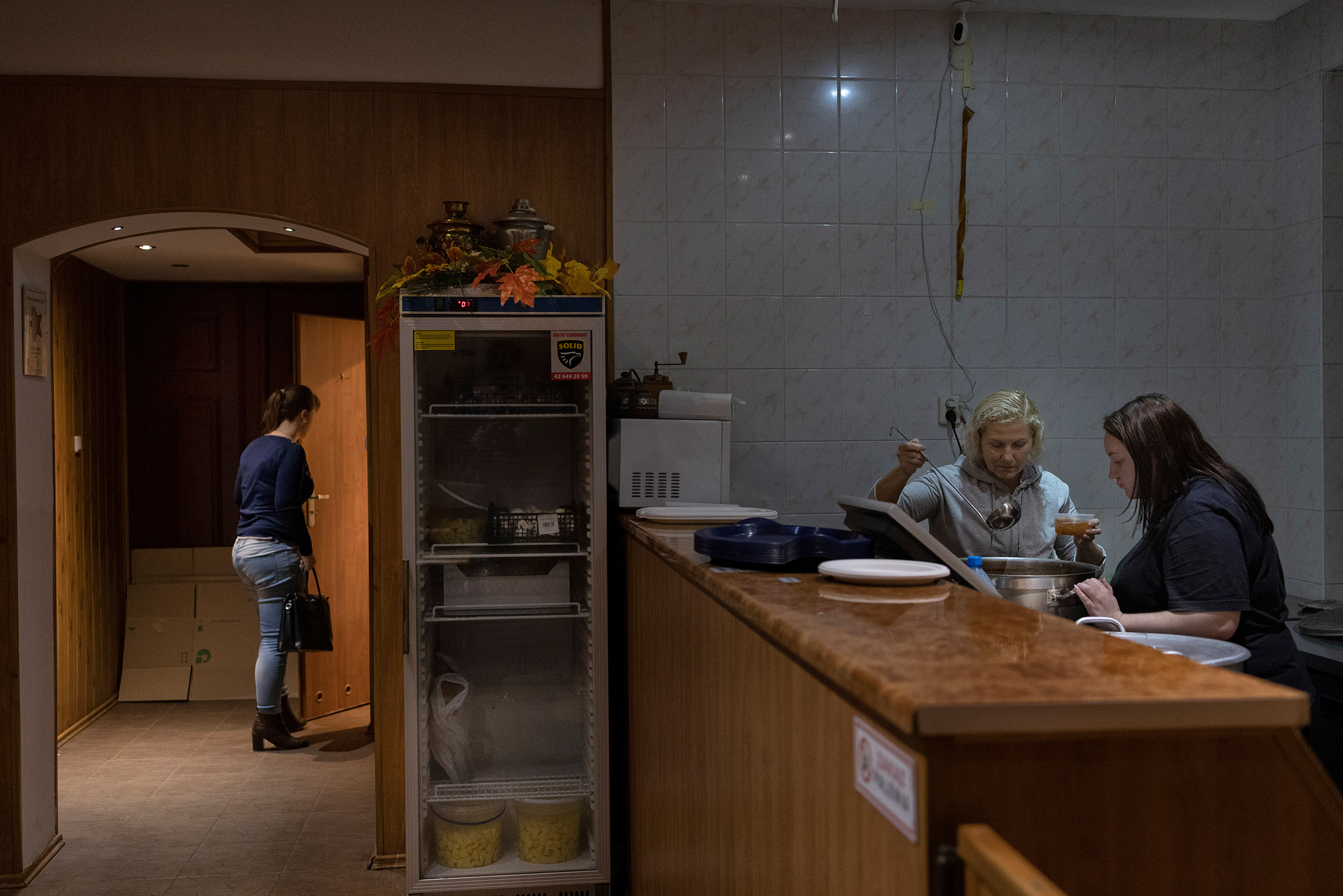
A short walk from the Ukraine Support Centre in The Liberties neighborhood of Dublin is a wedge-shaped park dotted with tents. On Oct 31, police dismantled the homeless camp there, though a week later a few people had returned. Mike Walsh, who has been homeless ever since his mother died about a year ago, was one of them.
Drinking coffee on a bench on a crisp autumn day, he said he sympathized with Ukrainians who had to flee the war. “But if our government is finding housing for them, shouldn’t they be finding some for us too?”
Read More: Thousands of Migrant Workers Died in Qatar’s Extreme Heat. The World Cup Forced a Reckoning
With record levels of homelessness, that same question is fueling a sharp political debate in Ireland. In the wake of the Citywest closure, opposition leader Mary Lou McDonald accused Taoiseach Micheál Martin of “denying our own people the right to a secure affordable roof over their heads.” The prime minister responded that her words would be a “solace” to Russian president Vladimir Putin, who “wants to create the impression across Europe that Europe can’t manage this.”
Certainly the Irish government is facing precedented challenges, and it is aware that the enthusiasm is not quite as unbridled as before.
“I do think there has been maybe some change in public attitude since the start of the war,” says Ireland’s Minister for Integration, Roderic O’Gorman, whose department oversees accommodations for refugees and asylum seekers. “With the cost-of-living pressures we’re all experiencing because of the energy crisis, which is a byproduct of the tactics that Vladimir Putin is using, there are some concerns out there.”
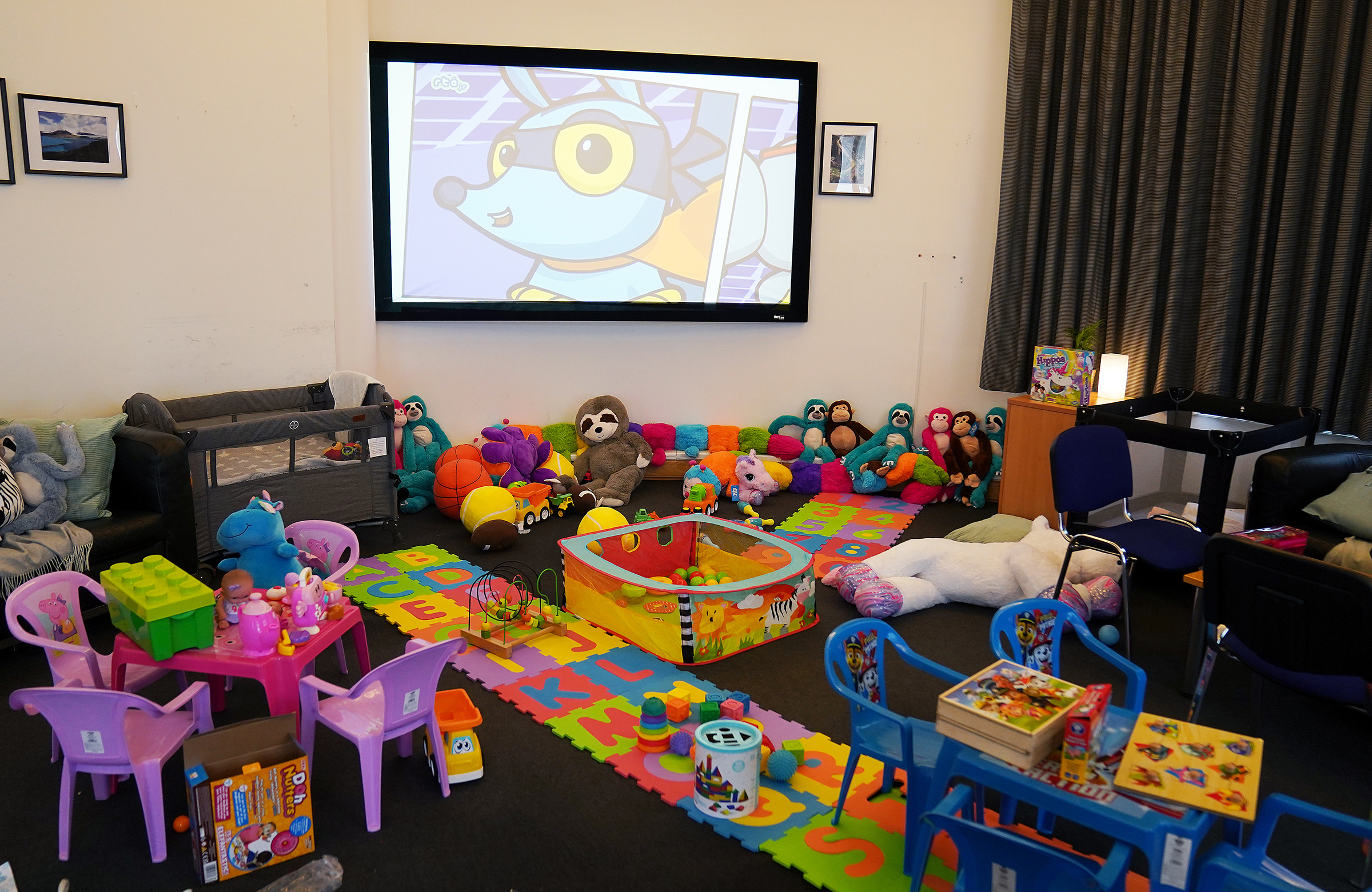
The trick, say organizations that work with the displaced, is to balance the needs of refugees with those of the hosts. “There are local representatives and politicians who are calling for greater resources so that the people in that community can welcome refugees, and I think those have to be listened to,” says Nick Henderson, CEO of the Irish Refugee Council. “They’re not necessarily saying ‘we can’t do this’. They’re saying that ‘if we’re going to do it, we need more.’”
One of the Refugee Council’s key recommendations is that the government renovate abandoned housing, an idea, says Minister O’Gorman, that it is considering. In its race to keep up with the steady stream of arrivals, it is also attempting to streamline the process of placing refugees in private homes, and recently doubled to 800 euros the amount it pays to hosts.
But, like many countries in Europe, it is running up against limits, O’Gorman says. “We have to be clear. Whereas previously, we were swiftly able to accommodate people, that’s not always going to be the case going forward. There will be times where we’ll have to say to Ukrainians: ‘if you’re safe where you are, you should either stay there or look at another member state rather than Ireland.’”
Yet the country remains committed to supporting the 55,000 Ukrainians already there, he adds. That comes as good news to Chudaev. By early November, the government had found beds for him and many of the other men turned away from the Citywest center at a sports hall near the center of Dublin. The cots were set up on a basketball court, so the men had no privacy, and without a permanent address or English language skills, they were finding it difficult to find jobs.
But Chudaev, who said he understood why the Irish might be skeptical of giving housing to Ukrainians when there wasn’t enough for themselves, had a plan: to turn the Sports Hall group, whom he now referred to as his “team,” into a crew that could connect the needs of the local communities with Ukrainians ready to do the work.
“We have people with very high level skills,” he said. “And we want to give back.”
More Must-Reads From TIME
- The 100 Most Influential People of 2024
- Coco Gauff Is Playing for Herself Now
- Scenes From Pro-Palestinian Encampments Across U.S. Universities
- 6 Compliments That Land Every Time
- If You're Dating Right Now , You're Brave: Column
- The AI That Could Heal a Divided Internet
- Fallout Is a Brilliant Model for the Future of Video Game Adaptations
- Want Weekly Recs on What to Watch, Read, and More? Sign Up for Worth Your Time
Contact us at letters@time.com
